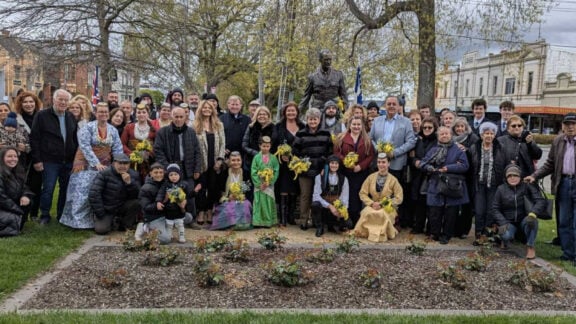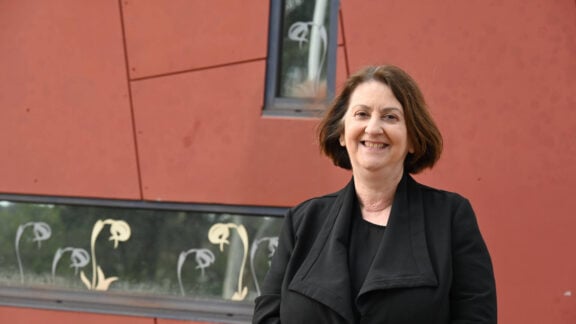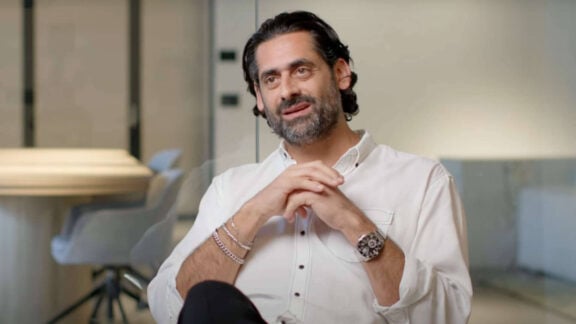Unlike the west, Byzantium inherited a multitude of medical schools from its ancient past. It was able to draw on these, in particular the prognostications of Hippocrates and the analytical and philosophical skills of Galen and to develop a highly sophisticated medical system, capable of identifying and dealing with many diseases that were only rediscovered in the later part of the millennium.
The basis of Byzantine medical theory was two-pronged. The first took inspiration from the neo-Platonist philosophers of the Hellenistic era and the writings of Saint Athanasius, celebrating the immortality and purity of the soul while understanding that the nature of the body is weak and corruptible.
Thus much emphasis was placed upon spiritual as well as physical healing, the maxim healthy mind in a healthy body being much valued. The theological basis behind physical healing, was that man had been created in God’s image. The human body belonged to God and had to be properly looked after. Byzantine theory also provided an explanation for the origin of sickness. Adam and Eve’s disobedience in Eden had brought disease and death into the world.
Byzantium also had an ultimate role model, of greater standing than Asclepius or Hippocrates of the Ancients. Christ, the Son of God healed the sick and exhorted his apostles and disciples to give proofs of His own divine powers by acts of healing. Some thirty five miracles are recorded in the Bible and the apostles exercises healing as a ‘gift of the holy spirit.’ As a result, a plethora of icons and miraculous relics proliferated throughout the Empire.
Sober theologians and clerics were careful to point out that cures by holy oil, relics or baptism should be considered divine providence and not as a routine health service. However, healing through the intercession of saints was firmly imprinted within the consciousness of all Byzantines.
Certain saints were said to prevent diseases. St Charalambos and St Christophoros guarded against epidemics, Saints Blasios and Nikostratos were held to prevent diseases of the larynx, Saints Antypas and Apollonios were the patrons of dental care, Saints Stylianos and Therapon of paediatrics and Saint Aegidius the Athenian of psychiatry. Pride of place was taken by Saints Cosmas and Damianos, who as the tradition relates, performed the first organ transplant in the history of medicine, attaching a recently deceased black person’s leg to an amputee.
Byzantium enjoyed the first organized health care system anywhere in the world. Early Christian traditions of help and hospitality were extended and Christ’s instruction to His Disciples to care for the sick and needy assumed institutional form through the appointment of deacons whose purpose was to ensure the needy received a daily food intake. Leontius, bishop of Antioch from 344 to 358 AD set up hostels around his city and Bishop Eustathios of Sebasteia built a poorhouse. Saint Basil the Great of Caesarea built what was described by contemporaries as ‘almost a new city’ for the sick, poor and leprous. In even the most insignificant monastery, a section was set aside for healing, while in the towns and villages, small clinics were set up which were staffed by both men and women.
Ultimately, nosokomeia became large and complex.
The great hospitals were run co-operatively by the State, the Church and the noble families of the Empire. Medical care in the hospitals was always provided free of charge for the poor, while the well-off were charged in accordance with the magnitude of their wealth. Many noble families such as the Thalassinoi and the Komninoi granted large tracts of land to the hospitals which provided them with a steady income with which to fund their activities.
By the mind sixth century, Jerusalem had one with 200 beds and Saint Sampson’s in Constantinople was bigger still, with surgical operations being performed and a wing for eye disorders. Edessa had a women’s hospital and major hospitals at Antioch and Constantinople were divided into male and female wards. By 650, the Pantokrator in Constantinople and the Ptokhotropheion of Mikhail Attaleiatos had a hierarchy of physicians and even teaching facilities, a home for the elderly and beyond the walls of the City, a leper house.
To care for lepers and thus expose oneself to infection was a mark of holiness. Such a spirit of charity would eventually pervade the West with the advent of the Crusaders, whose Hospitaller Knights would adopt the medical ethos of Byzantium.
As well, the State arranged for the creation of a public officer known as the kouratoras who was charged with the duty to ensure the welfare of the sick, invalid or pregnant after the death of their spouse. Of great importance also was the creation of the office of paravolanos. The duties of the paravolanos were similar to those of a modern day social worker: to counsel the sick, the poor and those in emotional anguish.
Thus emphasis was given to the psychological and not only the physical aspects of an illness. The need to take a holistic approach to treating illness was lost and rediscovered only in the nineteenth century. Indeed, psychological manifestations of anguish were treated as seriously as physical ones. Thus, psychoanalysis was used as a necessary tool to establish the patient’s state of mind. St Gregory of Nyssa and Saint Athanasios placed great emphasis on the patient’s right to make informed decisions as to their medical treatment. Psychoanalysis was also used to help bring patients out of states of shock and also to assist them to deal with the emotional trauma associated with their illness.
To be continued next week.
* Dean Kalimniou is a Melbourne solicitor and freelance writer.







